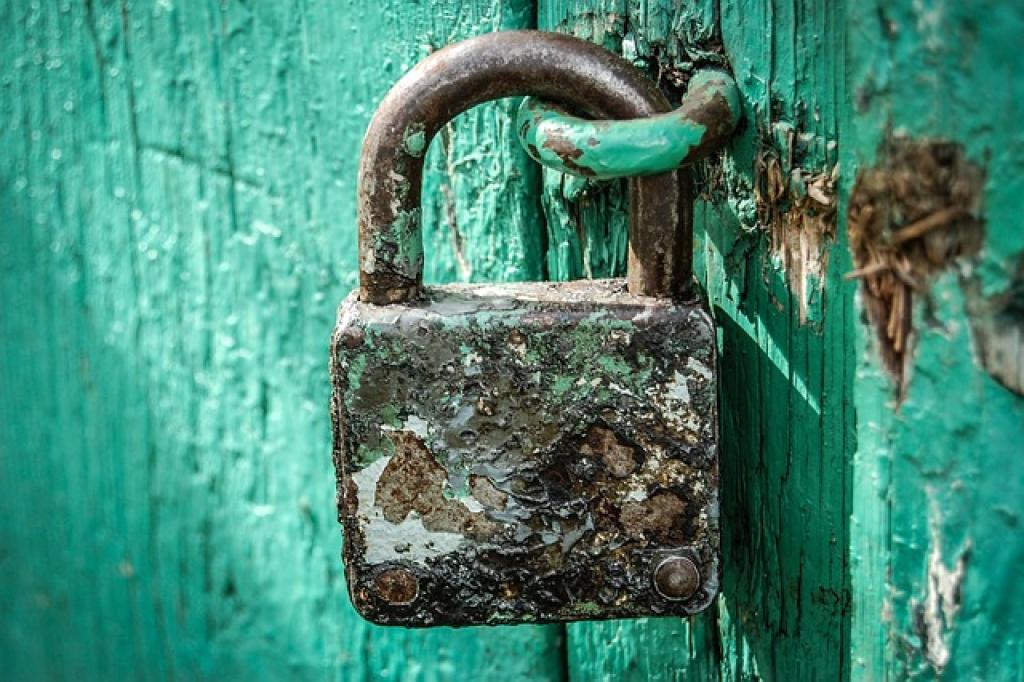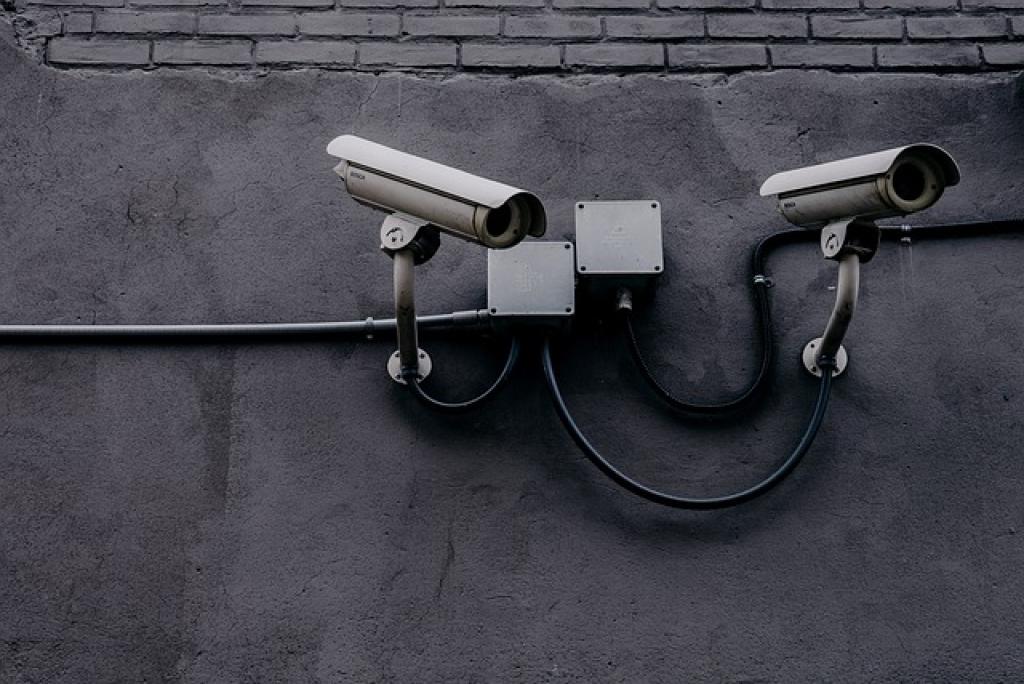
How Security Supports Loss Prevention in Retail Stores
In the bustling world of retail, loss prevention is more critical than ever. Retailers face a myriad of challenges, from shoplifting to employee theft, which can significantly impact the bottom line. Fortunately, security measures are there to protect both the merchandise and the establishment’s overall profitability.
Security in retail stores doesn’t just involve responding to incidents as they happen. It’s about creating a robust system where potential losses are identified and mitigated before they occur. From sophisticated surveillance systems to trained loss prevention personnel, security functions as the frontline defense against retail shrinkage.
This post dives into how a strategic security approach can enhance loss prevention efforts, providing retailers with peace of mind and allowing them to focus on what truly matters: serving their customers. Whether you’re a small boutique owner or manage multiple locations, understanding the role of security in loss prevention can transform your retail operations.
Understanding the Key Role of Security in Retail
The essence of effective security in retail lies in its proactive nature. It’s not just about reacting to thefts but anticipating threats before they manifest. For retailers, a well-structured security strategy can save money, time, and resources while ensuring a safer environment for both customers and staff.
Security technology plays a pivotal role in this preventative strategy. Advanced surveillance cameras, for example, offer not just deterrence but also valuable insights into store operations and customer behavior. This technology aids in identifying potential vulnerabilities, allowing retailers to address issues swiftly.
Beyond technology, having well-trained personnel is crucial. Security staff are indispensable not just for their vigilant presence but for their ability to respond effectively to incidents. They serve as both a deterrent and a key component in executing loss prevention protocols, ensuring that incidents are handled efficiently and professionally.
Security also fosters a sense of safety among employees and shoppers. When individuals feel secure, it enhances the shopping experience, promotes customer loyalty, and contributes to a positive workplace atmosphere.
Ultimately, the key to successful retail security is a balanced combination of technology, human resources, and strategic planning. This integrated approach is what empowers retailers to minimize losses and thrive in a competitive market.
Why Proactive Security Measures Are Essential for Loss Prevention
In today’s retail landscape, being proactive about security is more vital than ever. It’s about getting ahead of potential problems, which can make all the difference in preventing loss. A robust, forward-thinking security strategy can help save significant resources in the long run.
The Importance of Risk Assessment
Proactive measures start with thorough risk assessments. Identifying the most vulnerable areas of a store allows retailers to deploy resources efficiently. It’s like tailoring a suit; bespoke measures fit specific needs, offering the best defense against potential threats.
Implementing access control systems, for instance, ensures that only authorized personnel are able to enter sensitive areas, reducing the risk of internal theft. Regular reviews of these systems ensure they remain effective against evolving threats.
Proactive security isn’t just about technology; it extends to employee engagement. Training staff to recognize suspicious behavior and understanding protocols can prevent incidents before they escalate. When employees feel part of the security process, they become an invaluable asset in loss prevention.
Overall, adopting a proactive mindset empowers retailers to not just react to security incidents but to anticipate and prevent them. This approach not only protects assets but cultivates a secure shopping environment that benefits both retailers and customers alike.
The Impact of Surveillance Systems on Preventing Losses
Surveillance systems have become a cornerstone of modern retail security, playing a crucial role in curbing losses. These systems act as both a deterrent and a tool for intervention, providing a watchful eye over the store’s operations.
High-quality cameras strategically placed throughout a retail space can capture clear, comprehensive footage, which is invaluable for identifying and analyzing security breaches. This visual evidence can be used not just for immediate responses but also for enhancing future security protocols.
Enhancing Customer and Employee Safety
Aside from loss prevention, surveillance systems contribute significantly to the overall safety of the retail environment. Their presence reassures customers and employees alike, fostering a sense of security and trust within the store.
Innovative systems now offer features such as facial recognition and motion detection, which allow for real-time monitoring and alerts, further increasing the efficiency of loss prevention efforts. This technology enables security teams to focus their efforts where they’re needed most, ensuring swift responses to potential threats.
In essence, investing in a robust surveillance system provides a multifaceted approach to loss prevention. It not only protects assets but also enhances the retail experience, adding another layer of security that benefits everyone involved.
Training Staff on Security Protocols to Enhance Loss Prevention
In the realm of retail security, technology alone isn’t enough to prevent losses. Equipping staff with comprehensive training in security protocols is just as crucial. Employees are the first line of defense and their involvement is key to maintaining a secure store environment.
Effective training programs should go beyond simply outlining security procedures. They need to empower employees with the skills to identify suspicious activity and understand how to respond appropriately. Regular sessions keep these skills sharp and up-to-date with the latest security trends.
Cultivating a Security-Conscious Culture
Creating a culture that prioritizes security involves encouraging open communication between staff and management. Employees should feel comfortable reporting potential issues without fear of reprimand, fostering a team-oriented approach to loss prevention.
Role-playing scenarios can be an effective way of preparing staff for real-world situations, enhancing their ability to react calmly and efficiently when issues arise. This hands-on approach not only builds confidence but also ensures a cohesive response to security breaches.
Ultimately, training staff on security protocols not only protects inventory but also reduces risk and creates a safer shopping environment. This investment in employee development strengthens the store’s defense against losses and reinforces the commitment to providing a secure experience for customers.
Importance of Data Protection in Retail Security
In the digital age, data protection is a crucial component of retail security strategy. With retailers handling vast amounts of sensitive customer information, safeguarding this data is paramount to prevent breaches that could lead to significant financial and reputational damage.
Retailers must implement robust cybersecurity measures to protect customer data from unauthorized access. This includes encryption protocols, secure networks, and regular updates to security systems to thwart potential cyber threats. Data breaches not only affect profits but can severely erode customer trust.
Building Customer Trust through Compliance
Compliance with regulations such as GDPR or CCPA is not only a legal obligation but an opportunity to build trust with customers. When shoppers know their information is protected and handled responsibly, they are more likely to return and spread positive word of mouth.
Regular staff training on data protection practices ensures that everyone in the organization understands their role in maintaining data security. This knowledge can prevent accidental breaches and the mishandling of sensitive information.
By prioritizing data protection, retailers can not only meet regulatory requirements but demonstrate their commitment to protecting customer privacy. This dedication not only enhances security but also fosters long-term customer loyalty, a key factor in sustained retail success.
Utilizing Access Control to Safeguard Against Theft
Access control is a powerful tool in the retail arsenal for preventing unauthorized entry and reducing the risk of theft. By managing who can access different areas of a store, retailers can significantly enhance their security posture and protect valuable inventory.
Implementing robust access control systems involves setting permissions for various zones within a retail space. For example, stockrooms and offices can be restricted to key personnel only, minimizing opportunities for internal theft and ensuring inventory remains secure.
Modern access control solutions often incorporate keycards, biometric scans, or even smartphone-based authentication. These technologies not only enhance security but also provide an audit trail, allowing management to monitor access patterns and identify unusual activities quickly.
Moreover, integrating access control with other security systems creates a more cohesive security strategy. When combined with surveillance and alarm systems, access control can act as a vital layer of defense, triggering alerts when unauthorized access attempts occur.
Ultimately, access control protects both the physical and digital aspects of retail operations, making it an essential element of a comprehensive security plan. By restricting access to sensitive areas, retailers can safeguard their assets and maintain a secure and trustworthy shopping environment.
Conclusion: Integrating Security to Enhance Loss Prevention Strategies
In wrapping up, it’s clear that effective security measures are indispensable to any successful loss prevention strategy in retail. By integrating a blend of technology, proactive planning, and human elements, retailers can significantly reduce the risks associated with theft and other losses.
Surveillance systems, for example, act as both deterrents and investigative tools, while access control systems safeguard sensitive areas by regulating who can enter and when. These technological solutions, when used in tandem, offer a more fortified defense against potential security threats.
But technology alone isn’t the full solution. Training staff on security protocols reinforces these measures and ensures that everyone is working towards the same objectives. Employees become active participants in the store’s security plan, leveraging their insights and vigilance to prevent incidents before they escalate.
Furthermore, protecting customer data and ensuring compliance with relevant regulations helps maintain trust, which is invaluable for customer retention in today’s competitive market. Retailers must view data protection as an integral part of their loss prevention efforts.
Ultimately, the key to successful loss prevention lies in viewing security as a comprehensive, integrated approach rather than a collection of isolated efforts. By doing so, retailers not only protect their bottom line but also foster an environment where customers and employees feel safe and valued. Embracing a holistic security strategy will pave the way for sustainable business success and growth, ensuring a well-protected retail landscape.


